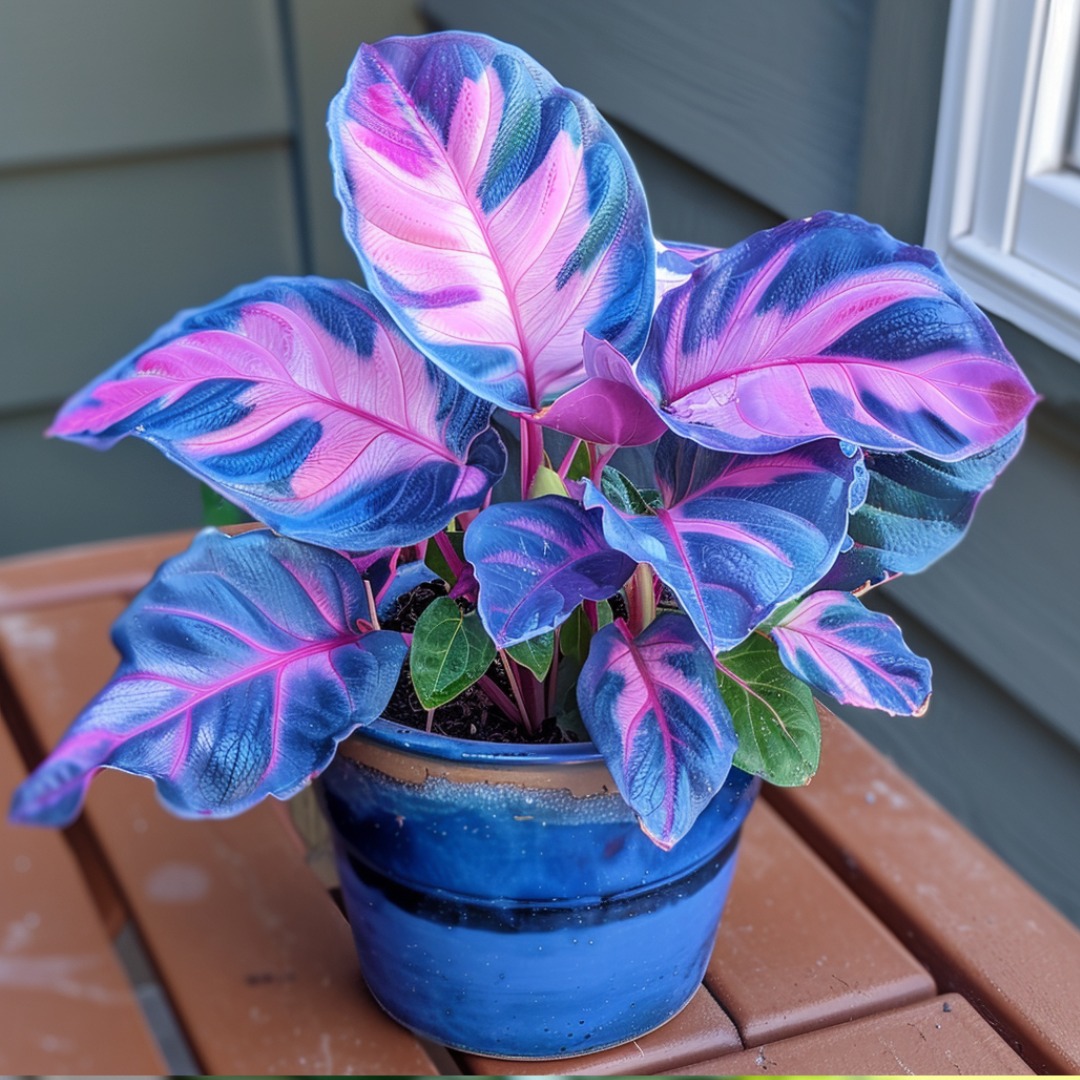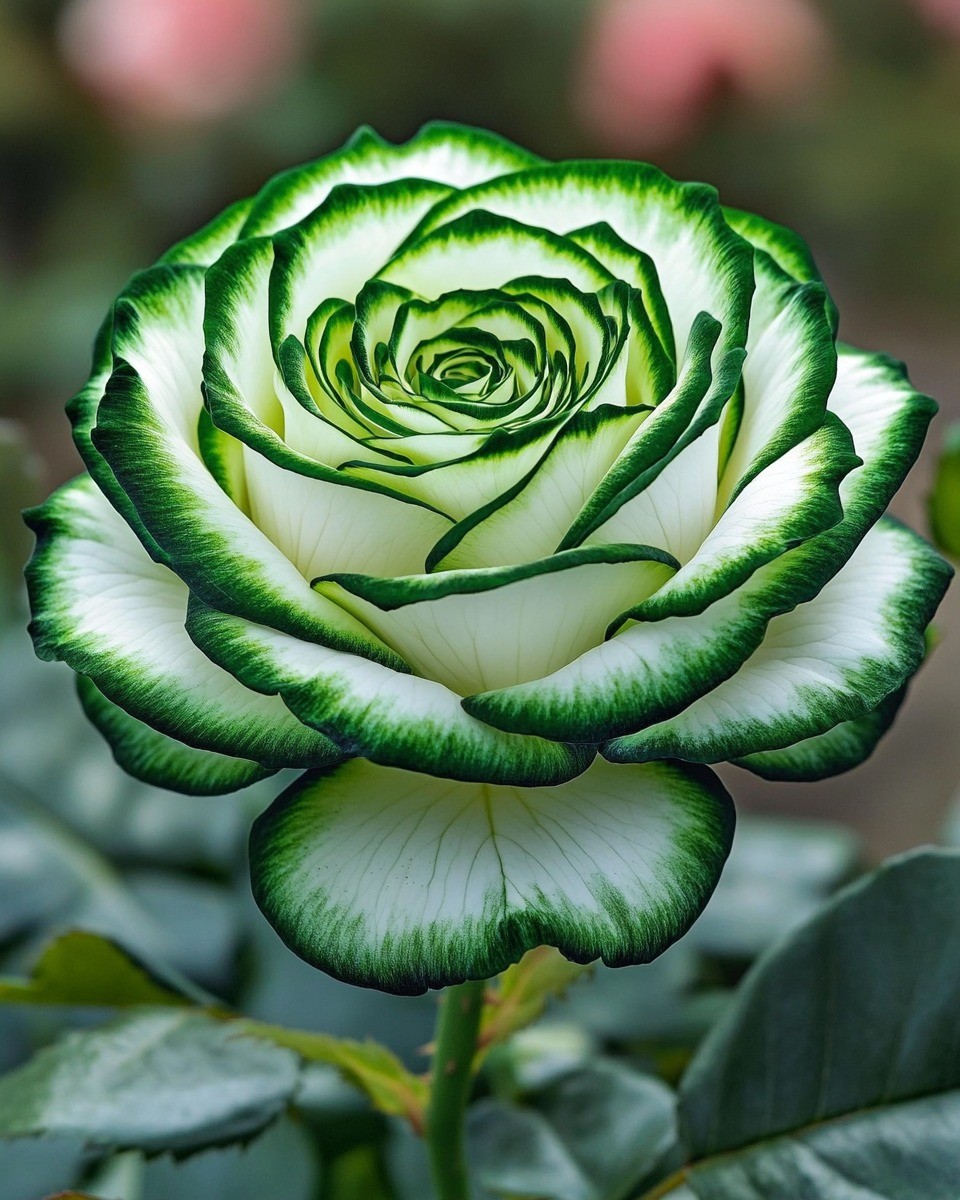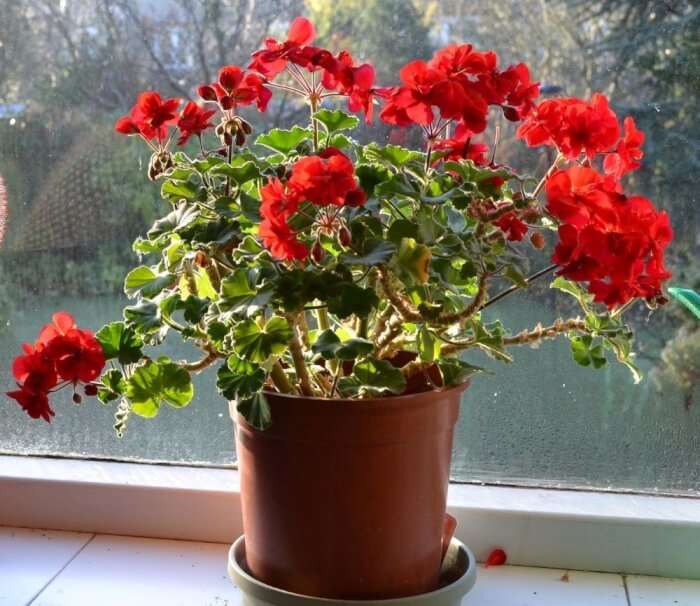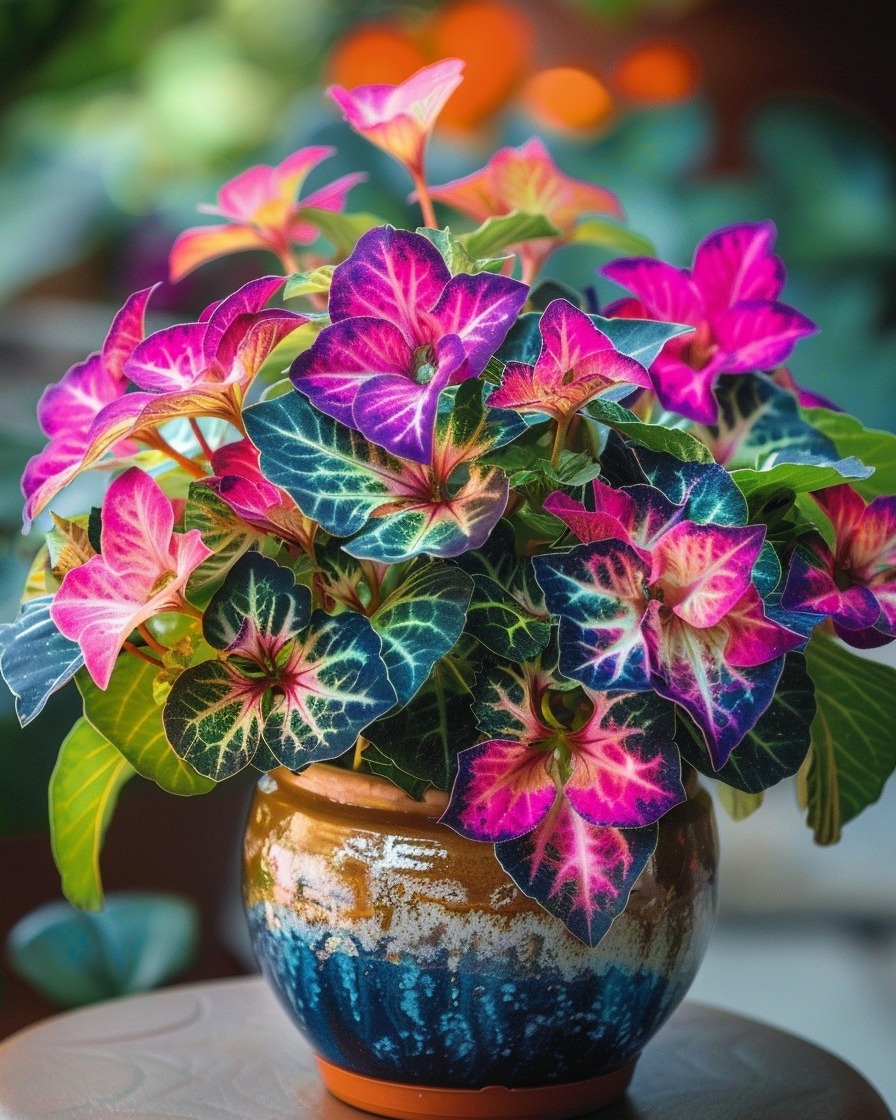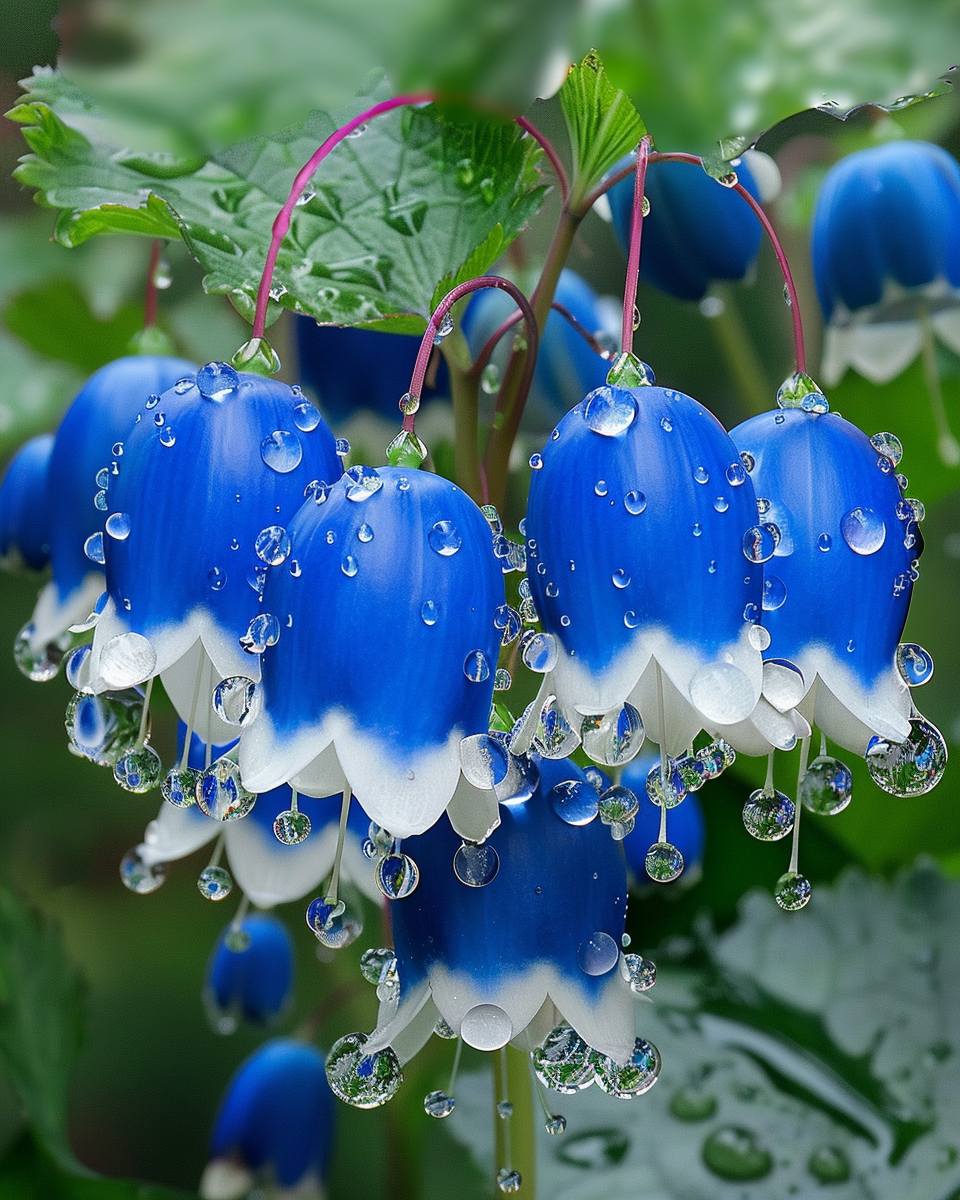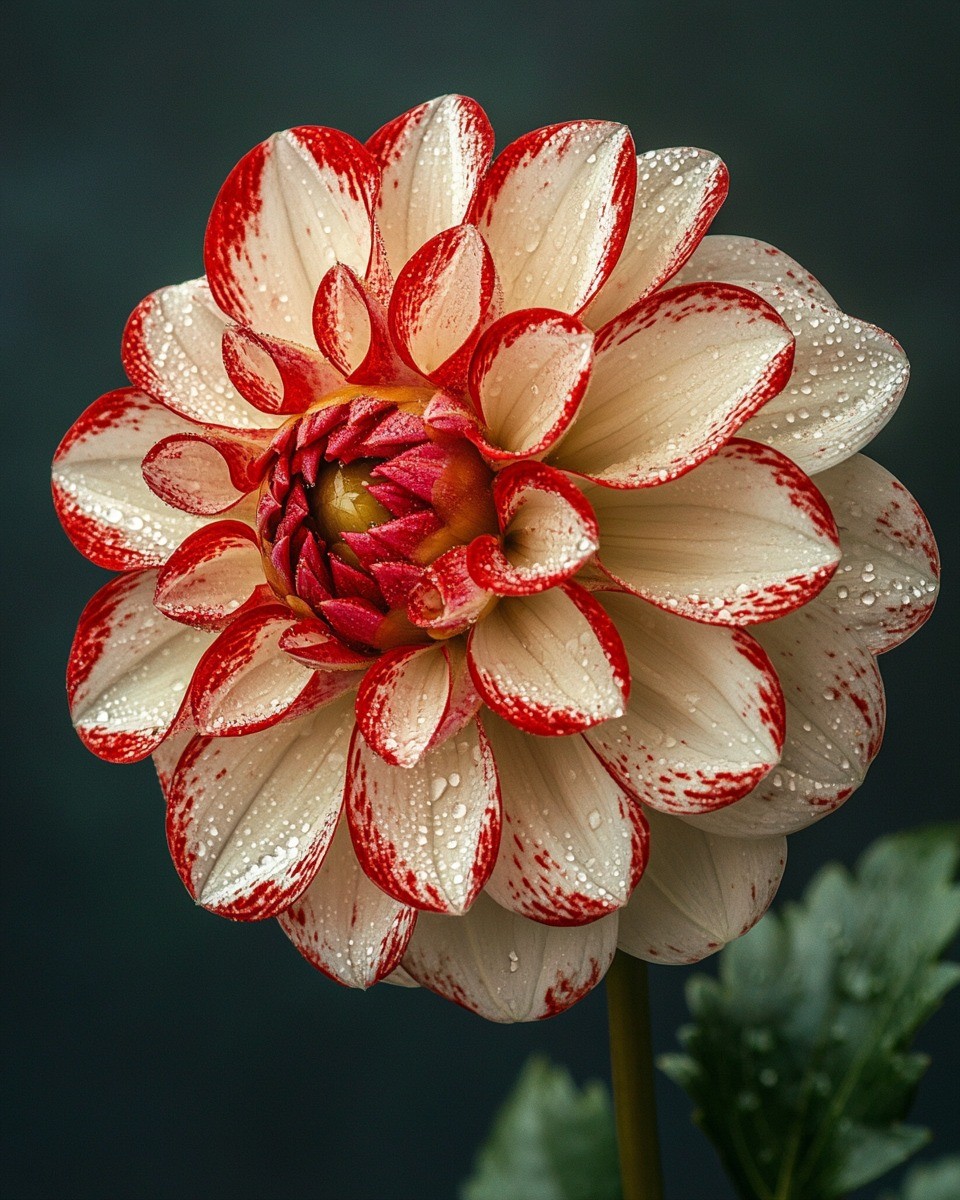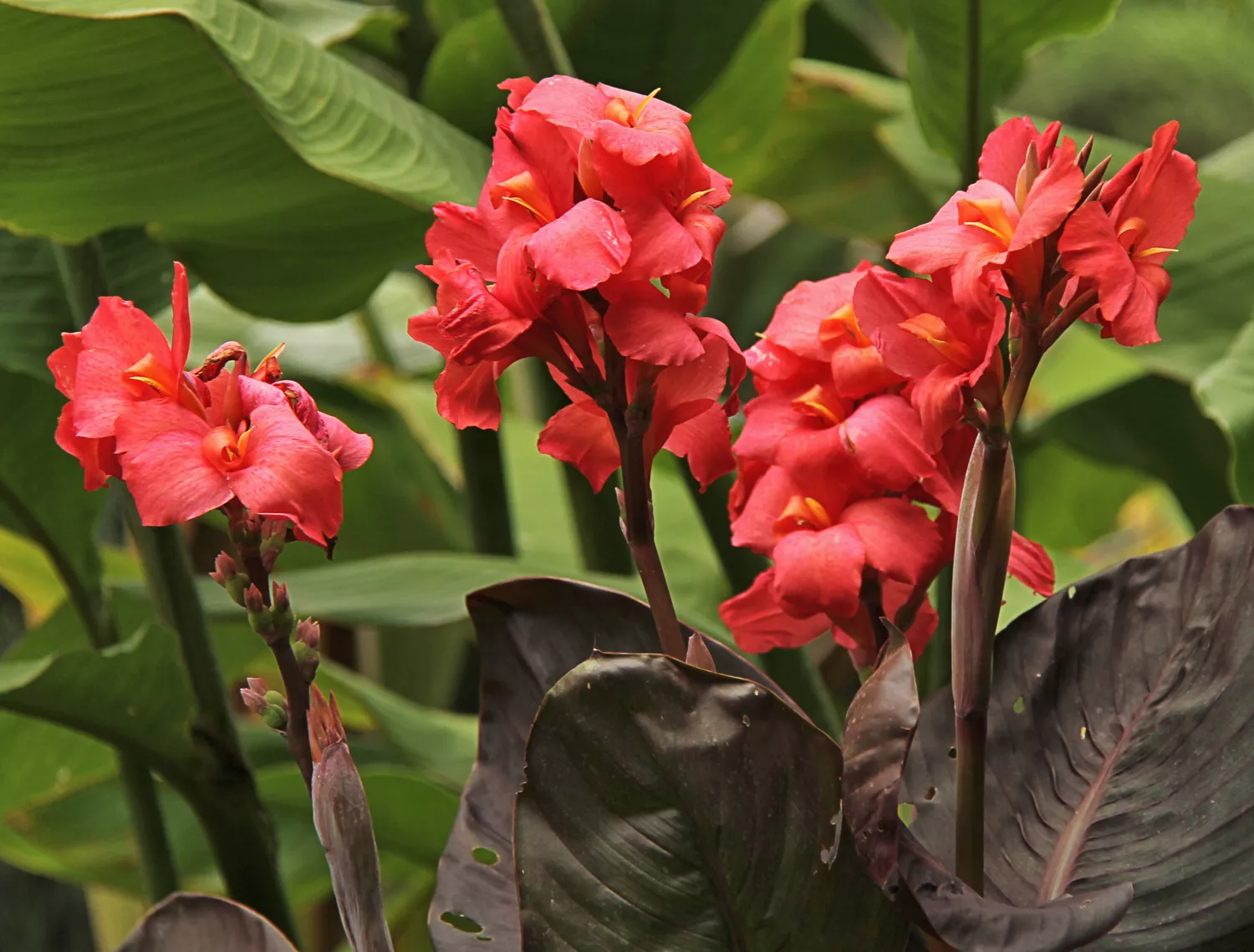
Nothing beats cannas for big, bold summer color. With flashy blooms and dramatic foliage that can reach 6 or more feet tall, this striking perennial is an eye-catching addition to your garden or patio containers. “Cannas bloom all season long and thrive even during the hottest parts of the summer,” says grower Nikki Snow of Horn Canna Farm in Carnegie, Oklahoma. “They also do well in containers, so you can use them in pots as a living privacy screen along your patio.”
These plants often are called by their common name, but cannas actually are not lilies at all. The name comes from the Greek word “kanna,” meaning a reed or reed-like plant. The banana leaf type leaves and beautiful blooms grow from a rhizome, a type of fattened extension of the stalk, which resembles a piece of fresh ginger root, says Snow.
Nikki Snow is an owner of Horn Canna Farm in Carnegie, Oklahoma.
Here’s everything you need to know about growing and caring for cannas in the South:
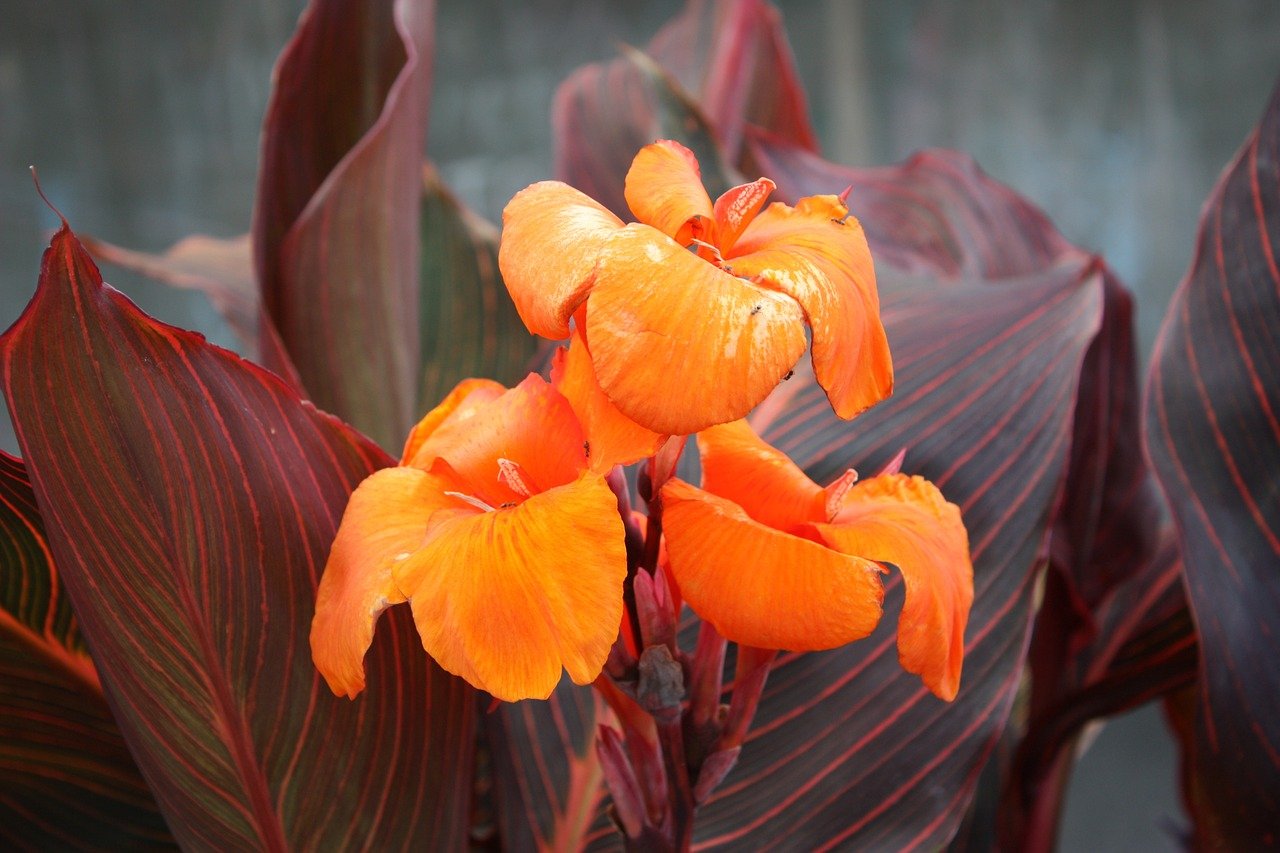
Plant Attributes
| Common Name | Canna lily, canna |
| Botanical Name | Canna x generalis |
| Family | Cannaceae |
| Plant Type | Herbaceous perennial |
| Mature Size | 36 to 72 inches tall by 12 to 24 inches wide |
| Sun Exposure | Full sun to part shade |
| Soil Type | Highly organic |
| Soil pH | 6.0 – 8.0 |
| Bloom Time | Summer |
| Flower Color | Red, yellow, pink, orange, and creamy white |
| Zones | 8 – 10 |
Canna Care
Cannas are easy to grow and don’t need a lot of hands-on care after planting. Deadheading faded blooms is not necessary, but it can neaten up the look of the plant. But be careful not to snip off the entire bloom because new flowers are developing underneath the spent blossom, says Snow.
If you like, you can feed cannas during the growing season with a 5-10-5 or 10-10-10 granular fertilizer to encourage more blooms.
Light
Make sure cannas receive at least six hours of direct sunlight per day in order to bloom well.
Soil
Cannas do well in organic soil and tolerate neutral to slightly acidic pH levels.
Water
Water cannas at planting time, then throughout the season if it’s dry. They do best with a deep soaking every two to three days, says Snow. In containers, which tend to dry out faster than beds, you may have to water more frequently during the hottest part of the summer.
Temperature and Humidity
Native to South and Central America, cannas do not mind the heat and humidity of the South, as long as you keep them watered.
Types of Cannas
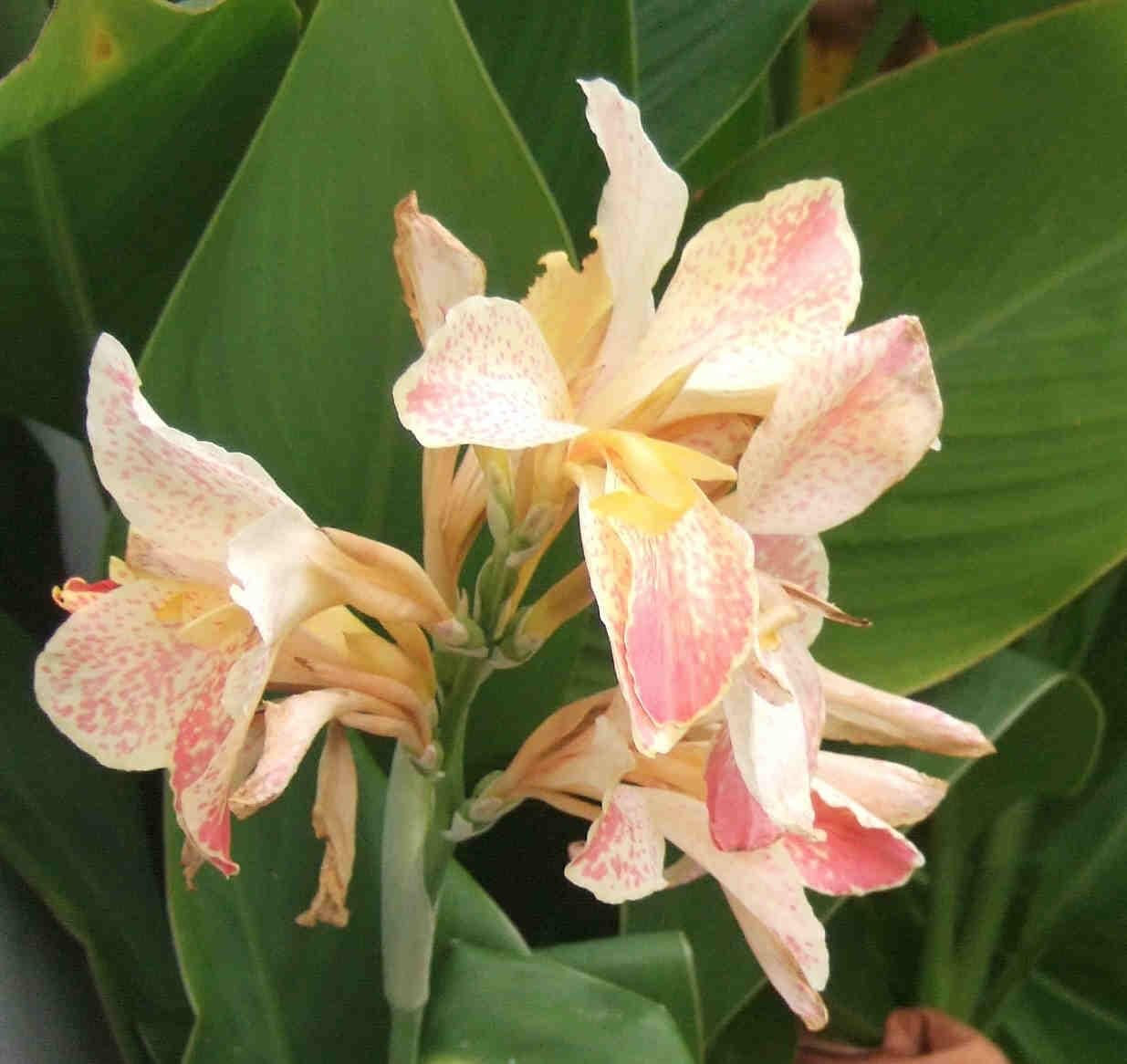
Canna ‘Musifolia’
This giant canna reaches heights of eight feet or more. With striped leaves and bright red or orange flowers, this will garner compliments all season long.
Canna ‘Alaska’
This pretty charmer reaches three to four feet tall and has dark green foliage with a hint of blue-green. The beautiful ivory blooms continue all summer long.
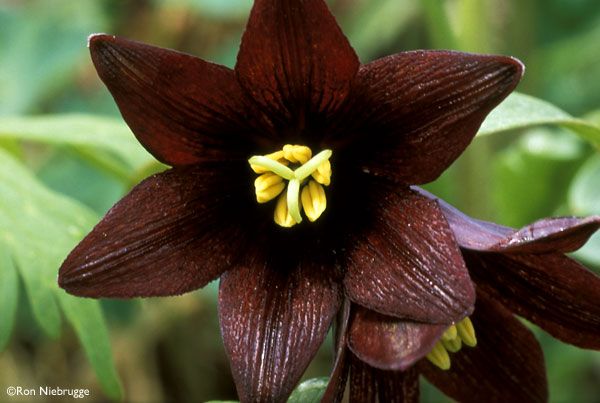
Canna ‘Cleopatra’
This incredible variety, which reaches four to five feet tall, is a chimera, meaning there’s no way to predict how the red and green variegated foliage will appear from year to year. The flowers may be solid yellow, solid red, or have random coloring. Every year will be different, and no two plants are alike.
Canna ‘Durban’
This variety grows three to four feet tall and has wildly psychedelic foliage with hints of yellow, green, red and pink. The orange blooms contrast beautifully against the colorful foliage.
Canna ‘Australia’
Dark chocolate foliage with lipstick red flowers make this variety an outstanding choice for contrast with the other greenery in your garden. This variety reaches four to five feet tall.
Planting Cannas
You can buy cannas in containers or as bare rhizomes. For rhizomes, do not plant until soil temperatures have reached 60ºF or warmer. If you plant too soon when the ground is cold, the rhizomes will sit there and do nothing, and if it’s too wet, they can rot, says Snow.
When planting, set the rhizome on its side horizontally (there’s no top or bottom) and cover with one to two inches of soil. Do not plant too deep because they love the heat from the surface of the soil, says Snow. Space canna rhizomes about 12 to 18 inches apart in the garden.
Potting Cannas
Cannas also can be planted in containers. Opt for at least a 20-inch-diameter pot which will give you enough room for one canna and a spiller-type plant to drape over the edges of the container, says Snow.
Lifting Cannas
If you live in USDA Hardiness zones 6 or colder, you will need to lift, or dig up, your cannas after the first frost. Use a shovel or garden fork to lift the rhizomes, rinse off the dirt, then let dry.
Store the rhizomes nestled in a bed of peat moss inside a plastic garbage bag; poke a few holes in the bag to permit airflow. This allows some natural moisture to be retained so that the rhizome will not dry out over the winter. Keep them in a cool spot, around 50ºF, in a cellar, basement, or crawlspace, says Snow.
If you have cannas in containers and live in a cold climate, you can bring the entire pot into your garage or shed where it will not freeze. Do not water.
Common Problems with Cannas
Deer and rodents aren’t attracted to cannas as they are to some other garden plants, such as day lilies or roses. But they may take a nibble if you have a large population of deer in your area. To protect your plants, fence your cannas or plant in containers.
